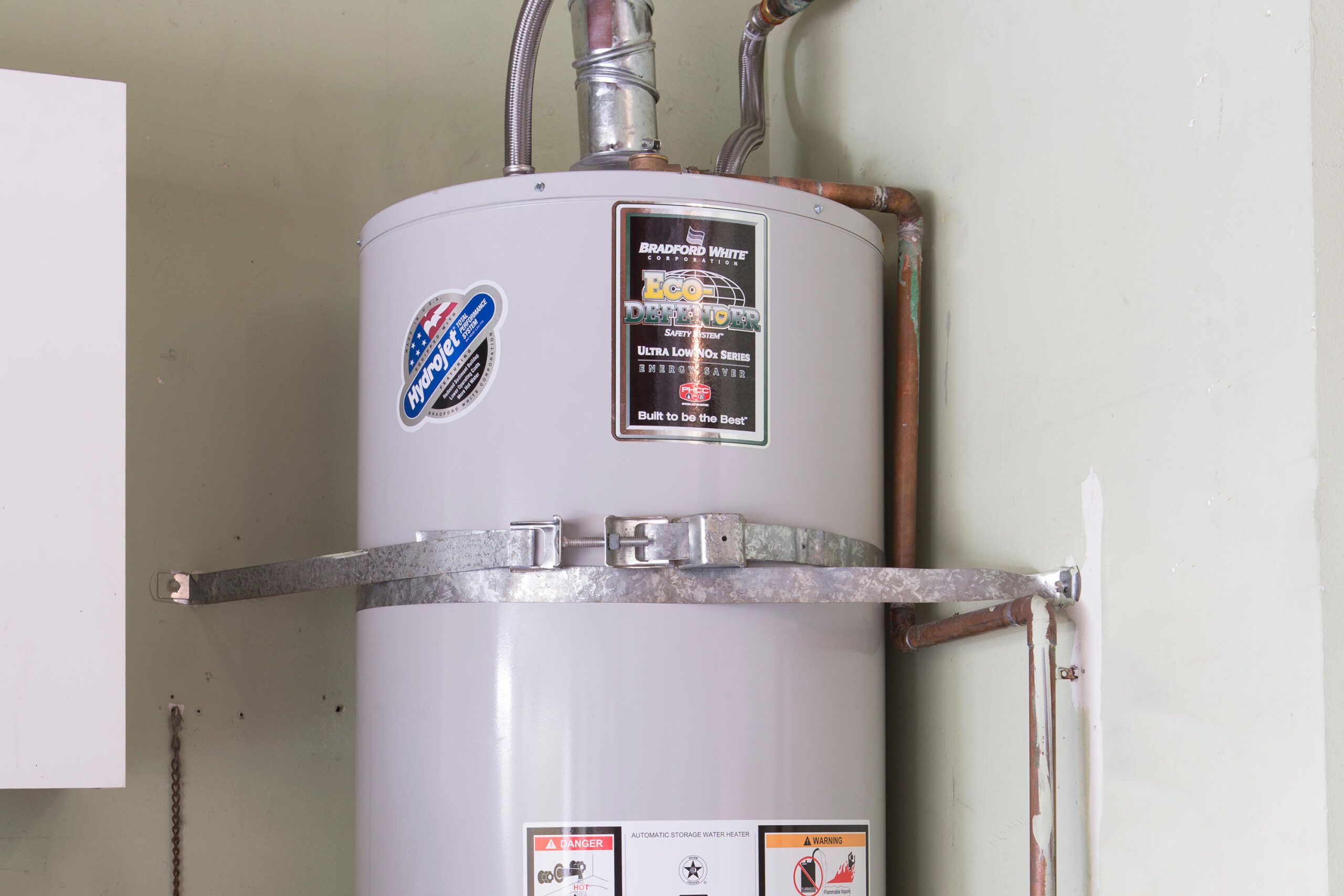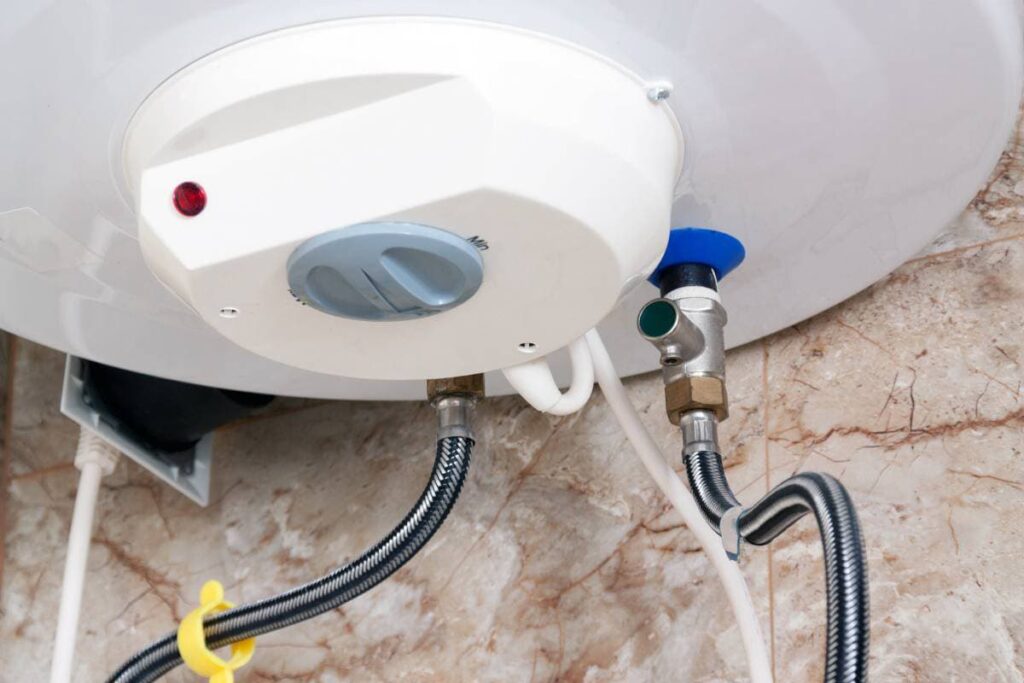Professional Advice for Caring for Your Home's Hot Water SystemSteps to Successfully Care for Your Home's Hot Water System
Call TodayDo you find yourself looking for insight on Tips For Maintaining Your Hot Water Heater?

Warm water is necessary for daily convenience, whether it's for a rejuvenating shower or cleaning dishes. To guarantee your hot water system runs successfully and lasts longer, normal maintenance is key. This post provides functional suggestions and understandings on how to keep your home's hot water system to stay clear of disruptions and pricey repair work.
Intro
Maintaining your home's warm water system might appear daunting, however with a couple of easy actions, you can ensure it runs smoothly for many years ahead. This guide covers every little thing from understanding your warm water system to do it yourself maintenance ideas and knowing when to contact specialist help.
Value of Keeping Your Hot Water System
Routine upkeep not only prolongs the life-span of your hot water system however additionally ensures it operates effectively. Overlooking maintenance can bring about decreased effectiveness, greater power bills, and even early failing of the system.
Signs Your Hot Water System Demands Maintenance
Understanding when your warm water system needs interest can stop significant issues. Look out for indications such as irregular water temperature level, strange noises from the heating unit, or corroded water.
Purging the Water Heater
Flushing your water heater eliminates debris build-up, improving efficiency and extending its life.
Monitoring and Changing Anode Rods
Anode poles prevent corrosion inside the tank. Examining and changing them when broken is critical.
Complex Issues Requiring Expert Assistance
Instances consist of significant leakages, electric troubles, or if your hot water heater is continually underperforming.
Regular Specialist Upkeep Conveniences
Specialist upkeep can consist of thorough inspections, tune-ups, and making certain compliance with safety standards.
Inspecting and Adjusting Temperature Settings
Adjusting the temperature level setups makes certain optimum efficiency and safety and security.
Do It Yourself Tips for Upkeep
You can do a number of maintenance tasks yourself to keep your warm water system in leading problem.
Looking for Leaks
Routinely inspect pipelines and links for leakages, as these can cause water damage and higher bills.
Recognizing Your Hot Water System
Before diving into upkeep jobs, it's valuable to understand the basic parts of your warm water system. Usually, this includes the water heater itself, pipelines, anode poles, and temperature controls.
Monthly Upkeep Tasks
Normal regular monthly checks can help capture small problems before they rise.
Examining Pressure Relief Valves
Examining the stress relief valve ensures it operates properly and prevents too much stress buildup.
Shielding Pipelines
Insulating warm water pipelines decreases warmth loss and can conserve energy.
When to Call a Specialist
While do it yourself maintenance is valuable, some problems require specialist competence.
Conclusion
Normal maintenance of your home's warm water system is necessary for efficiency, long life, and expense financial savings. By following these pointers and understanding when to look for expert aid, you can make sure a trusted supply of warm water without unexpected interruptions.
Water Heater Maintenance: The Basics
Maintaining your water heater will ensure it operates efficiently and has a longer lifespan. Neglecting regular maintenance can lead to costly repairs and an even bigger chunk of your savings if you have to replace it sooner than necessary. But there’s good news: Most water heater maintenance tasks are relatively simple and easy for homeowners with basic DIY skills.
Flush the Water Heater
Over time, sediment and minerals can build up in the tank, reducing its efficiency and potentially causing damage. To flush the tank, turn off the power or gas supply, attach a hose to the drain valve near the bottom and open the valve to drain the water until it runs clear. Ideally, flush the tank annually.
Replace the Anode Rod
The anode rod is a sacrificial metal rod that helps prevent corrosion inside the tank. Inspect and replace it every three to five years or per the manufacturer's recommendation. To replace the anode rod, turn off the power or gas supply, drain a few gallons of water from the tank, unscrew the old rod and replace it with a new one. If the anode rod is significantly corroded or covered in calcium buildup, it's a sign the water heater may need to be replaced soon.
Tune-Up
A yearly tune-up can help identify potential issues and ensure your water heater operates at peak efficiency. This typically involves checking the thermostat, burner assembly (for gas heaters) and any other components specified by the manufacturer. During a tune-up, the technician may also clean the burner and adjust the pilot light (for gas heaters) or examine the heating elements (for electric heaters).
How to Maintain Your Water Heater
Insulate the tank. Insulating the tank can improve energy efficiency and reduce heat loss, saving you money on energy bills. You can purchase precut insulation blankets designed specifically for water heaters or use standard fiberglass insulation wrapped securely around the tank. Check the temperature. The recommended water temperature for most households is around 120 degrees Fahrenheit (49 degrees Celsius). Higher temperatures can increase energy costs and potentially cause scalding. Use a kitchen thermometer to check the temperature at the faucet nearest the water heater. Monitor water pressure. Excessive water pressure can strain the water heater and cause leaks or even tank failure. Install a pressure-reducing valve if necessary. The ideal water pressure range is between 60 and 70 PSI (pounds per square inch). Test the temperature and pressure (T&P) relief valve. The T&P relief valve is a safety feature that releases pressure if the tank gets too hot or the pressure builds up too high. Test it annually by lifting the lever and allowing a small amount of water to release. Replace the valve if it doesn't release water or reseal properly. Check for leaks. Regularly inspect the tank, pipes and fittings for leaks or corrosion. Deal with issues promptly to prevent further damage. Even a small leak can lead to significant water damage over time. Consider a tankless water heater. If your traditional tank-style water heater is nearing the end of its lifespan ( typically 10 years), consider replacing it with a tankless water heater. These units heat water on demand, reducing standby energy losses and potentially saving you money on your energy bills. Schedule professional maintenance. While homeowners can perform many water heater maintenance tasks, it's still a good idea to schedule professional maintenance every few years. A plumber or HVAC technician can thoroughly inspect the unit, identify potential issues and ensure it operates safely and efficiently. https://www.homeserve.com/en-us/blog/home-improvement/hot-water-heater-maintanence/

I ran across that blog posting on Tips on Maintaining a Water Heater while surfing the internet. Enjoyed our piece of writing? Please share it. Let others discover it. I am grateful for being here. Revisit us soon.
Book Appointment Now